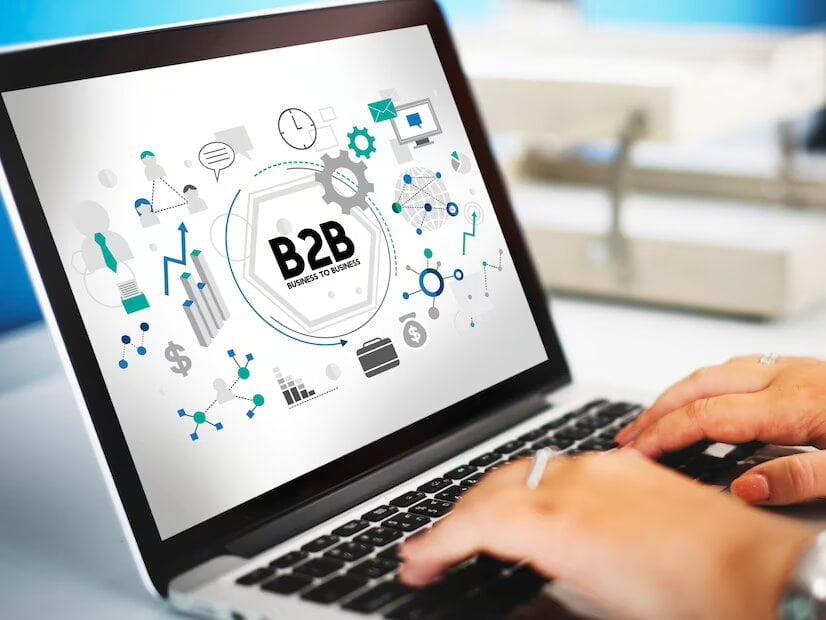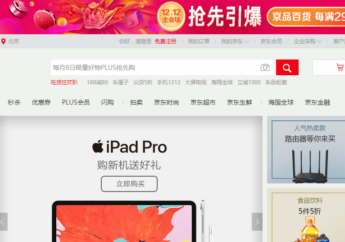5 Crucial Stages Of The Sales Funnel For B2B Saas
by Abdul Aziz Mondal Business Development Published on: 04 April 2023 Last Updated on: 05 January 2024

Developing a successful sales funnel for your B2B SaaS business is critical to ensure a steady stream of revenue and repeat business.
On the other hand, an inefficient sales funnel can prevent your company from acquiring new business opportunities.
But before you develop the funnel, you need to define the actual stages of the funnel.
Remember, the sales funnel for B2B SaaS isn’t the same as that of B2C thus it can be challenging if you’re developing one for the first time.
I’m here to help you.
In this article, you’ll learn the five crucial stages of the sales funnel for B2B SaaS.
Let’s get started.
What Is A Saas Sales Funnel?

A sales funnel is a visual reflection of the journey prospects take and actions you take from the moment the prospect discovers your brand until they make a purchase or drop-off.
According to this Attrock guide, a sales funnel usually starts with raising brand awareness and ends with a sales conversion.
It encompasses all the sales and marketing efforts you put in to attract new prospects to convert the prospect into actual customers.
Building a robust SaaS sales funnel can help you:
- Attract new customers.
- Generate more sales.
- Increase your profit margins.
- Build lasting relationships with clients.
5 Stages Of The Sales Funnel For B2B Saas
There are five crucial stages of the sales funnel for B2B SaaS businesses namely Prospects, lead vetting and qualification, intent, conversion, and retention.
Let’s dive deep into each sales funnel stage:
1. Prospects
At the top of the sales funnel is where B2B SaaS companies largely identify prospective businesses from a broader perspective.
Essentially, prospects are potential businesses that match your ideal customer profile and are more likely to purchase your solution.
Often, prospects are open to receiving promotional messages from your company about the right SaaS solution.
At this stage, you need to focus on educating prospects about what your brand is as well as what it does to help them realize that you deliver reliable solutions.
For instance, in this Younium article, the company raises awareness of its subscription management software to businesses looking to enhance their subscription management.
At the end of the article, there is a clear call to action where interested clients can get a free demo.
2. Lead Qualification
In this stage, leads captured in the prospect stage are qualified.
In this case, prospects have engaged with your content and expressed interest in your solution.
Even though they are now aware of your brand, you still need to vet and qualify them to see whether they are your ideal clients.
You need to determine whether they really need your solution and have enough budget to purchase your solution.
Vetting helps marketers to focus on qualified leads and drop unqualified leads.
Partnering with a reputable B2B marketing company can streamline this process, providing expertise in identifying and nurturing potential clients. Their specialized approach ensures that only the most promising leads are pursued, maximizing the effectiveness of your marketing efforts.
3. Intent
In this stage, clients have shown a desire to purchase your solution and want to find out more about it before they make the final decision.
Here, the sales teams want to connect and learn more about the prospects including addressing any concerns they have.
Using demos at this stage can be a great way to make the client understand how the solution works or can be beneficial for them.
Assuming the prospect drops off at this stage, you can still leverage demos to determine what made them not proceed to the next stage of the buying process.
4. Conversion
When it comes to the funnel, conversion means the prospect has actually purchased the solution or subscription to your software.
In a marketing funnel, conversion can mean that prospects have clicked on a CTA or contacted a rep.
The conversion stage isn’t the stage you should celebrate yet because the prospect might purchase the solution once and never renew the subscription. Or they might drop off completely.
In fact, with SaaS sales, the first purchase is not the ultimate goal; it’s about building lasting relationships with customers so that they can continue using your solution for as long as they need it.
Thus you need one more step to follow up with them and get them interested in your solution or retain them.
5. Retention
The crucial moment of the sales funnel for SaaS businesses is when the customer renews their subscription or becomes a regular user of the software.
The retention stage is continuous because brands must focus on minimizing churn.
It’s worth noting that optimizing the sales funnel can help you to better convert as many clients as possible.
Here are proven strategies to optimize your B2B SaaS sales funnel.
- Optimize your content
- Improve lead nurturing
- Boost brand awareness with TOFU
- Target valuable leads
- Vet and qualify leads efficiently
- Measure success and repeat the process
Conclusion
For B2B SaaS, the idea of a sales funnel is to capture broad leads at the top of the funnel and then refine the leads until you remain with those interested in your solution.
But this can be easier said than done if you aren’t aware of the crucial stages of the funnel. This is why you need to define the stages of the entire sales funnel for B2B SaaS.
Read Also:



































































































